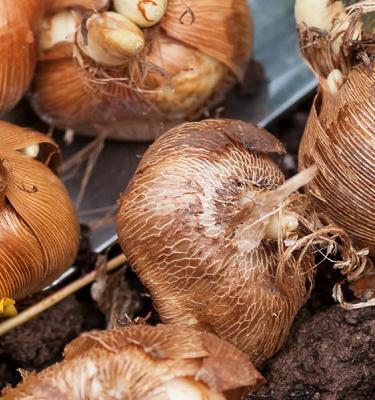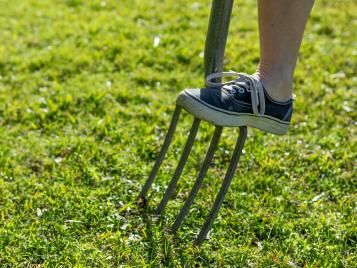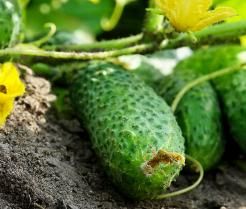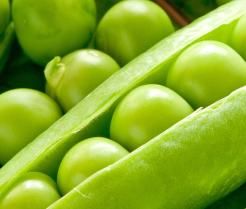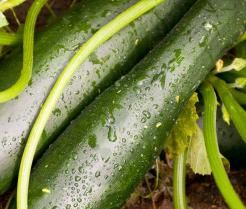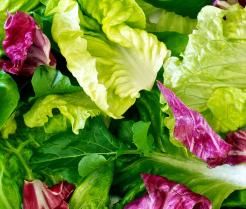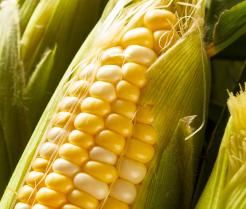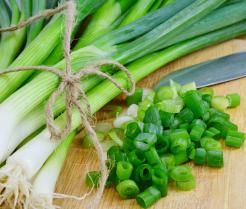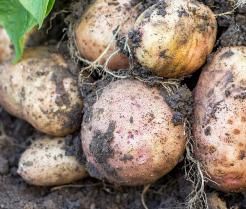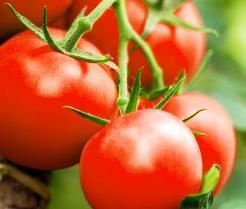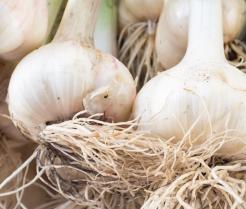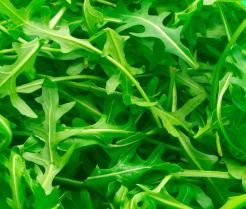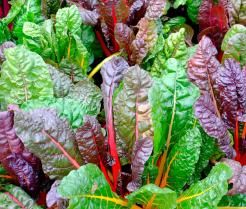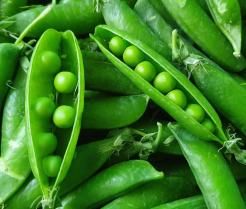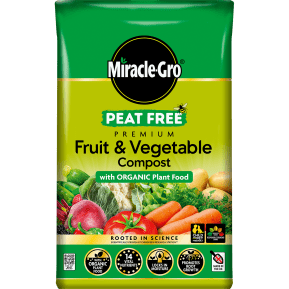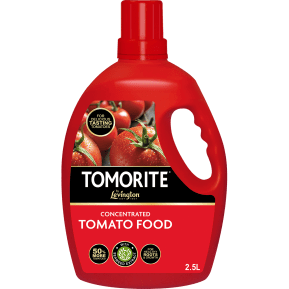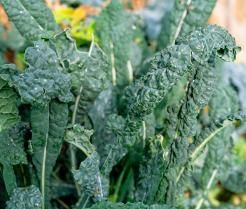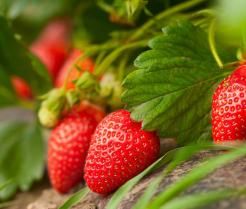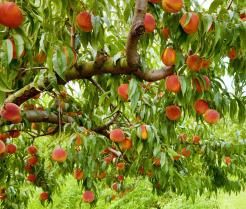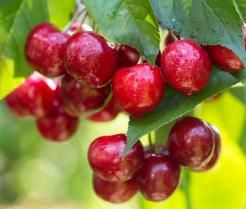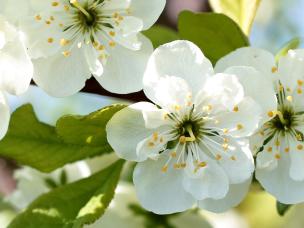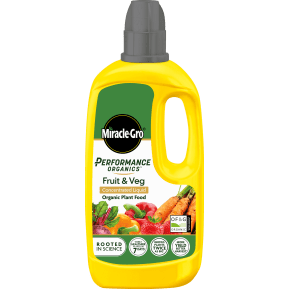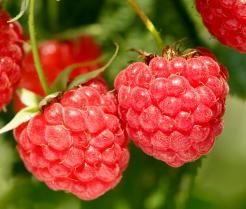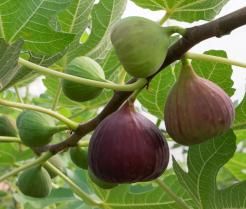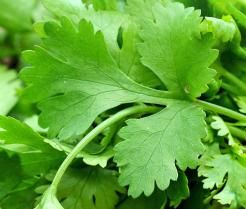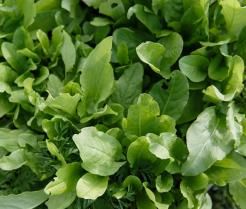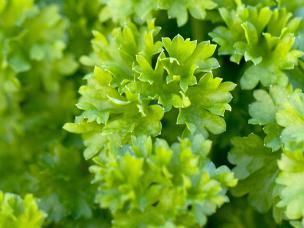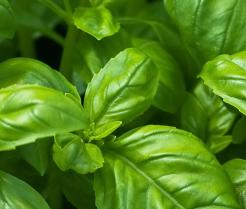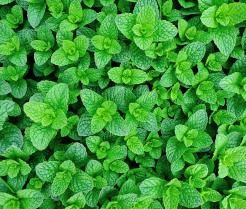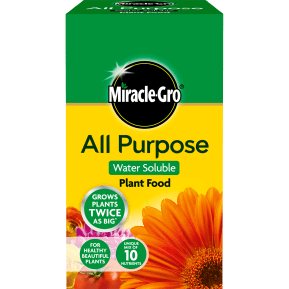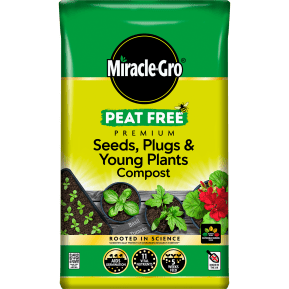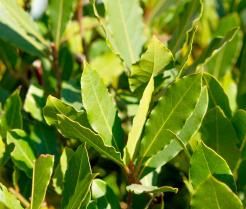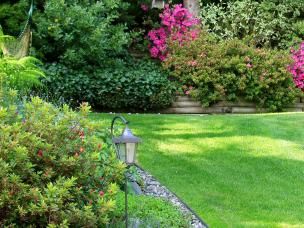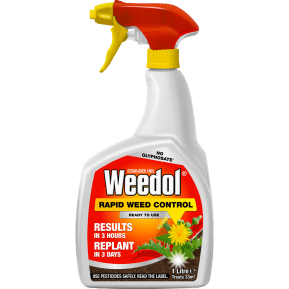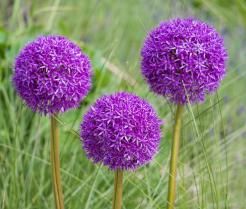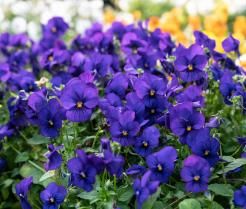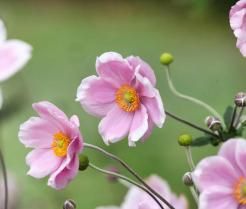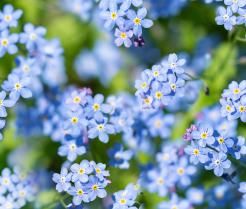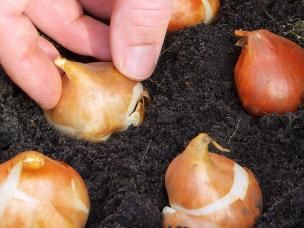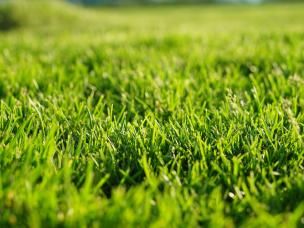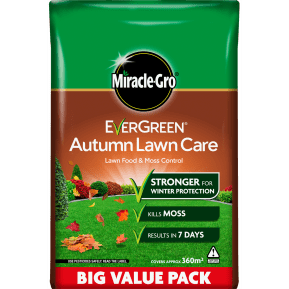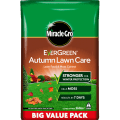September Gardening Tips: Your Monthly Garden Guide
September tends to be a month of slightly more predictable weather – usually pleasantly warm enough to enjoy time in the garden. With the heat of previous months behind us but the climate still relatively warm and reliably wet, if you’re wondering what to grow in September, you shouldn’t be short on choices. There’s plenty to keep you active in all areas of the garden, with fruit to be harvested, bulbs to plant ready for the spring, seeds to save from spent flowers, and perennials to plant out in the borders.
What to plant in September and other September gardening tips
As the seasons change and autumn starts to set in, you may find yourself considering what to plant in September. The vegetable garden is at the height of production this month, while there are plenty of bulbs and flowers to plant too. Choose your favourites from the gardening categories below for lots of September gardening tips as we transition into the autumn months.
Whether fruit, veg, herbs or spices are your bag, September is the big month for harvesting, so make sure you’ve got plenty of space in your fridge. Once you’ve gathered in your harvest, there are plenty of options for what to grow in September – fruit trees most notably - and you can bring some of your herbs indoors to extend their lifespan. Elsewhere there’s plenty of maintenance to take care of in your fruit and veg plots once your bounty from last season has been harvested.
Vegetables
If you find yourself wondering what vegetables can be grown in September even after you’ve collected in what will be one of the largest harvests of the year, then you’re best off focusing on leafy greens such as lettuce, spinach and kale.
What vegetables to plant in September
Sowing vegetables in September will bring spring harvests and help to cover the ‘hungry gap’ between seasons. When choosing what vegetables to plant in September, any of the following will be appropriate.
All of the below can be sown as seeds, straight into prepared soil. Use a peat-free compost specially formulated for veg to help control water availability and provide optimum conditions for strong root growth. You can protect your veg seeds from birds by covering them with a tightly secured netting.
September grow guides
Growing vegetables in September
When you’re not busy harvesting your lovingly grown crop, there’s still plenty to do in the vegetable patch to keep it productive throughout September and into the colder months. If the hot and dry weather of the summer continues, make sure to keep your vegetable plants well-watered, and consider adding a natural feed to promote healthy growth. This is particularly important for new seedlings, which can quickly wither without a little help.
You can earth up and firm down the soil around your Brussels sprouts to prevent them from getting damaged during windy weather. It’s also worth earthing up your leek stems with soil to increase the length of the white stems.
To help encourage air flow and to ripen the remaining fruit, pinch out the tops of your tomato plants. You can remove any new flowers, or any growth which is either below the lowest fruits or is shading any of the fruits. You can also pinch out the growing tips of cucumbers and feed them with a naturally derived tomato feed such as Tomorite®.
If you sowed peas in summer, add supports to them – you might even be able to use twigs from all of the pruning you’ll be doing this month. Allow a couple of the pods from your French and runner beans to dry out on each plant and place them in a paper bag until the spring when they can be sown again.
Once you’ve done the above, there’s just a little pruning and thinning left to do. Remove horizontal leaves from your celeriac to expose the crowns and help the roots bulk up, and thin your turnips to roughly 8cm (3 inches) apart.
What vegetables to harvest in September
September is the pinnacle of the vegetable growing season, with heavy quantities of veg ripening for the harvest – just in time for those winter roast dinners!
Remember to keep harvesting your chilli peppers throughout the month to extend the productive season. These can be frozen, eaten fresh or dried out for use over the winter. Radishes are also quick growing, and the roots will go woody and become unpalatable if left for too long, so make sure to pull these frequently.
Recommendation: You can use the leafy tops of turnips in the kitchen as greens – in stews and omelettes, for example.
Fruit
If you’re wondering what fruits to plant in September, then it’s the perfect time of year to get some bare-root trees and bushes in the ground. Elsewhere in the garden there are plenty of fruits to be harvested – from apples and pears to strawberries and raspberries.
What fruit to plant in September
September is the perfect time to plant new fruit trees and bushes, with the widest selection of varieties available as bare-root plants. Fruit plants are perennials, and will be in your garden for years, possibly even decades, so consider what’s best for you and your garden long term:
- The size of a mature fruit tree is determined by the rootstock it has been grown on. A reputable grower will advertise which one has been used for a particular plant. It is important to know this as a full-grown tree on ‘MM111’ rootstock can grow up to six metres (20 feet) high. Apple, apricot, nectarine, peach, pears, plum and quince trees are all grafted onto specific rootstocks.
- The amount of fruit produced can be increased by planting a variety which has a nearby fruit tree from the same pollination group. Pollination groups are a widely-used way of categorising fruit plants which flower at the same time. This maximises opportunities for insects to cross-pollinate the flowers, which will then form fruit. Apples, cherries, pears and plums are grouped in this way.
Many fruit trees can also be planted in containers. They will need lots of water during hot spells when they dry out quickly, but they are great as feature plants in ornate planters, or if you want maximum productivity from a small space. If you are watering your plants during a hot spell, consider mixing in some organic liquid plant food for tastier, more abundant produce.
Elsewhere in the garden, strawberries can still be planted in early September but it’s best not to leave this any later than the first week. You can use runners from existing plants or buy new ones - either are easy to grow in the ground or in pots.
September grow guides
Growing fruit in September
With everything else happening in the garden in September, you’ll be pleased to know that fruit trees and bushes need little maintenance this month. There are just a few key things to keep on top of.
If the weather is hot and dry, keep watering new fruit bushes and trees regularly – especially those in containers.
Look out for heavily laden branches of apple and pear trees that may need some extra support. You can provide this by supporting the branch from below with a stout stake, or by attaching a strong rope from the branch to a nearby wall.
If you have grapes, you can help these ripen by removing any leaves that are shading the fruit.
Finally, remain vigilant for pests and diseases which may be rife around this time of year.
What fruit to harvest in September
September can provide bumper crops of homegrown fruit – if you also have a vegetable garden then you’ll likely find yourself supplying friends and family with bushels of fruit and veg this month. Remember to pick fruits regularly to catch them at their best. The following can all be harvested throughout September:
If you want to keep berries for use over the winter, wash and add them to containers suitable for freezing.
Recommendation: Give the container a shake after an hour to keep the berries from sticking to each other. This makes it easy to take a handful whenever needed.
Herbs and spices
If you have the option of moving some of your herbs and spices indoors in September, then you can substantially extend their growing season. Outside, there are still a few herbs that you can plant but, with the seasons changing, your efforts may be better focussed on harvesting.
What herbs and spices to plant in September outside
As the weather gets colder and windier, there are fewer herbs and spices that can be planted outside, but we can bring a number of them indoors to extend their growing season. Before turning your eye indoors though, there are a few perennial herbs that can be planted into borders or containers:
Plant seedlings of the following
What herbs and spices to plant in September indoors
The following can be brought indoors and grown somewhere warm and bright such as a conservatory, windowsill or (ideally) a greenhouse, which will provide a suitable environment to keep the herbs in leaf a little longer.
Plant seedlings of the following
What to plant this month
At this time of year, it’s a good idea to feed coriander and dill with a naturally derived all-purpose plant food to help the plant produce more leafy growth.
Divide and replant chives to reinvigorate them and cut back mint to about 5cm (2 inches) above ground level once it has finished flowering.
Don’t forget to save the seeds from basil, coriander, dill, caraway and fennel. Collect them on a dry day and leave them on a warm windowsill for a week before placing them in an envelope. Label the envelope with the name of the plant and the date that the seeds were harvested.
What herbs and spices to harvest in September
Herbs can be picked fresh or harvested and kept for use over the winter. Just a pinch can transform the flavour of a dish. Pick, wash, chop and freeze the following:
Some herbs are evergreen and will sit in the garden ready to be picked all year round:
Plant seedlings of the following
September is the perfect time of year to get a wide variety of perennials, shrubs and flowers into your garden beds – just think ahead to what colours you want to see blooming in your garden next year. Don’t neglect your existing plants, though! There’s plenty of maintenance to be done in all areas of the garden now that the summer heat is receding, so consider how you’ll need to prepare your garden for colder, windier weather.
Plants and shrubs
When it comes to understanding what plants to grow in September, then perennials and shrubs are likely to weather the best at this time of year. Elsewhere, it’s a good opportunity to get on top of some pruning, to divide any crowding plants, and to do a spot of weeding in preparation for the colder months.
What plants to grow in September
Autumn is the perfect time to plant perennials and shrubs. Perennials are either herbaceous - meaning that they will die back later in the year and reappear in the spring - evergreen or semi-evergreen (meaning that they are alive and visible all year round). Any of the following can be planted in September:
- Brunnera macrophylla ‘Variegata’
- Eryngium varifolium (Holly)
- Euonymus europaeus (Spindle)
- Hedera helix (Ivy)
- Leucanthemum (Shasta daisies)
- Ranunculus aconitifolius (White Batchelor’s buttons)
Remember that perennials will live for many years, so choose plants that are best suited to your garden and which you find attractive. Consider:
- Conditions - How damp, dry, sunny, shaded, or sheltered is the part of the garden where the plant will grow?
- Size - How tall and wide will the plant grow?
- Leaf colour - How will the foliage change throughout the year?
- Flower colour - What colour will the flowers be? When will they appear, and will this complement other flowering plants?
- Wildlife - How does the plant help other creatures to thrive? Does it provide seed-heads, berries, nectar, shelter or other benefits to wildlife?
- Maintenance - How much attention does the plant need once it is established?
Growing plants and shrubs in September
September is a good time to check that all of your plants are growing as you’d expect. With the seasons about to change, it’s essential to catch up on maintenance to make sure they are in a healthy position to weather the winter. Consider whether any of your plants need to be divided or perhaps replaced later in the year.
You can divide all perennials that have finished flowering, including daylilies, delphiniums, dianthus, dicentra, herbaceous peonies and primulas. This will provide new plants for you to put in other parts of the garden, or to give away to friends, family and neighbours. While you’re planting new plants, it’s a good opportunity to mulch all of your plants with a peat-free compost or bark to provide nourishment, retain moisture, prevent weeds, encourage beneficial soil organisms and generally look great.
Weeds have a tendency to creep in during August and September, so hoe around your plants or use a suitable weed control to get rid of them. Make sure you remove or treat any perennial weeds such as bindweed and nettles.
There’s also lots of pruning to get your secateurs into this month, particularly if you have late-summer flowering shrubs that are past their peak.
If you have jasmine, cut back any stems that have flowers. This will rejuvenate the plant ready for next year. You can also cut back the stems of lonicera (common honeysuckle) that have flowered – cut them back by about a third.
Rudbeckia can be cut all the way to ground level, or just above any new green growth which has appeared near the base of the plant.
Finally, it’s time to start looking ahead to the windier autumn weather and adding supports to your plants. Stake and tie them so that they do not move significantly and suffer any damage.
Recommendation: Enjoy ornamental grasses that are turning brown, and refrain from pruning them as they can look spectacular at this time of year.
Flowers and bulbs
When it comes to deciding what flowers to plant in September, it’s all about looking forward to what colours you want to see in your garden next year. There is no shortage of choice this month, with both bulbs and seeds taking well to the soil, so choose carefully and make sure you leave lots of time for that all-important garden maintenance.
What flowers and bulbs to plant in September
There are plenty of flowers that can be planted in September to give the garden a flush of colour next year. The following bulbs can all be planted:
- Alliums
- Anemone
- Bluebells
- Daffodils
- Hyacinths
- Irises
- Fritillaries
- Scillas
- Snowdrops
- Spring-flowering Crocus
Seeds of the following flowers can also be sown outside throughout September:
- Calendula (marigolds)
- Centaurea (Cornflowers)
- Consolida
- Limnanthes (poached egg plant)
- Poppies
- Scabiosa
Finally, spring bedding can be planted straight outside:
- Forget-me-nots
- Pansies and violas
- Wallflowers
Growing flowers and bulbs in September
There are a few key pieces of maintenance to continue into September to keep your flowers looking good. If the weather is still hot and dry, keep watering flowers – particularly those in containers as they will dry out quickly.
Deadhead plants such as lilies and dahlias as they will still have some flowering life in them and it will encourage new flowers.
You can remove any summer bedding which is past its best and add it to the compost heap. This provides a good opportunity to prepare soil and containers ready for hardy winter and spring bedding.
Continue to monitor your plants and flowers for pests and diseases, such as iris leaf spot. This is a fungal disease which looks rather unpleasant; keep plenty of air flowing around irises by removing old leaves.
Finally, it’s time to get ready for next year by saving seeds from flowering plants. Honesty (Lunaria) and Violas produce seed pods which are very easy to identify and collect.
Recommendation: If you prefer a more natural looking lawn, you can plant bulbs among the grass to create a swathe of spring colour. Use a bulb-planting tool to cut and remove a plug of turf, place the bulb in the hole, and replace the turf. Alternatively, you can use a sharp trowel to cut a slit in the turf and place the bulb in the bottom. For best results, use an organic compost specially formulated to encourage fast root growth in bulbs.
You’ll be pleased to know that, at least when it comes to mowing your lawn, things will be starting to ease up this month. There’s still plenty of September lawn care to focus on, though. If you’re considering laying any new turf or planting seeds to repair bare patches, then this month is the ideal time to do so.
September Lawn Care
Now that September is here, you can start to reduce lawn mowing to approximately once a fortnight. Grass clippings can be left on the lawn to return to the soil, spread around the base of plants to help them retain moisture, or composted for future soil improvement.
You can also take the opportunity to water your lawn if the summer heat has left it looking parched. Do this first thing in the morning or later in the evening so that the water has a chance to soak down into the soil before evaporating in the daytime.
Finally, remember to rake up any fallen leaves off the lawn. This will ensure it continues to grow healthily throughout the autumn.
Lawn treatment in September
To keep your lawn looking healthy and fresh throughout September, feed it with an autumn lawn food designed to be used at this time of year. These high potassium products strengthen and toughen the lawn by stimulating healthy root growth, creating a resilient lawn throughout the winter. You can aerate any well-worn patches of lawn, using a garden fork to create holes 3-4 inches deep.
Look out for signs of wear and tear that have accumulated over summer and consider reseeding areas of lawn that are bare or well-worn by lightly raking the surface and sprinkling grass seed over the area. The seed should start to sprout within a week (depending on soil temperatures). To even out any hollows, you can use a top-dressing specially formulated for lawns. It’s best to do this gradually over the course of several years so as not to completely bury and kill the grass. If you’re thinking about laying new turf, then towards the end of the month is a good time.
Once you’re happy with any repair and maintenance work, the remainder of your plan for lawn treatment in September should consist of ensuring the continued health of your grass. Brush worm casts around the lawn using an up-turned spring-tined rake or stiff brush. The casts add fertility to the grass, and although they may look unsightly, they are a sign of a healthy garden.
Finally, look out for lawn pests and diseases, such as red thread, take-all patch, fairy rings, chafer grubs, and leatherjackets. Treat as appropriate, and consider using an autumn lawn feed, as this will help your lawn build resilience against many common lawn issues.
